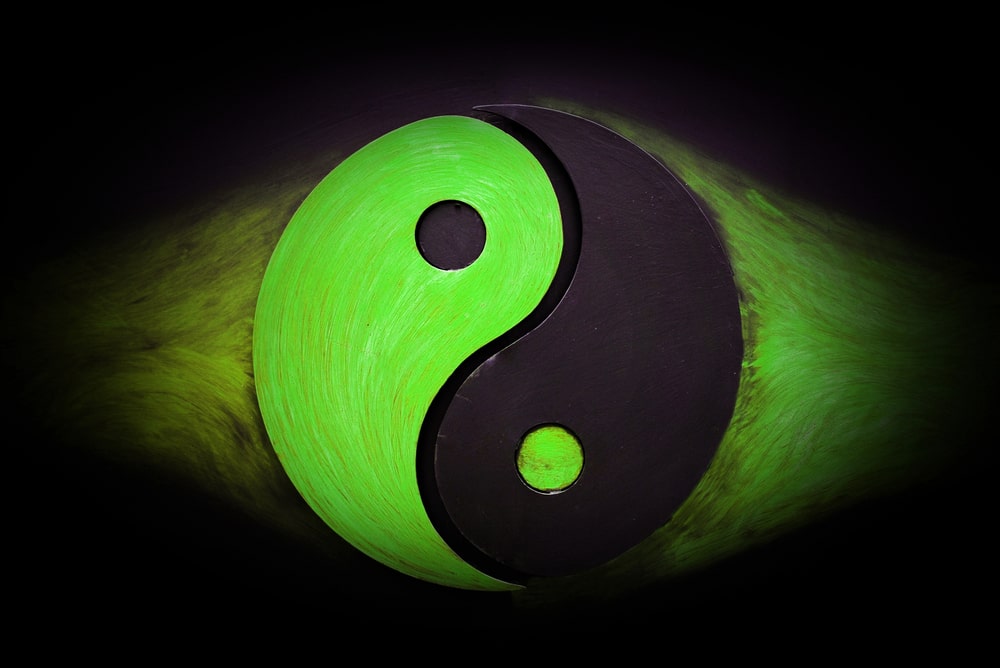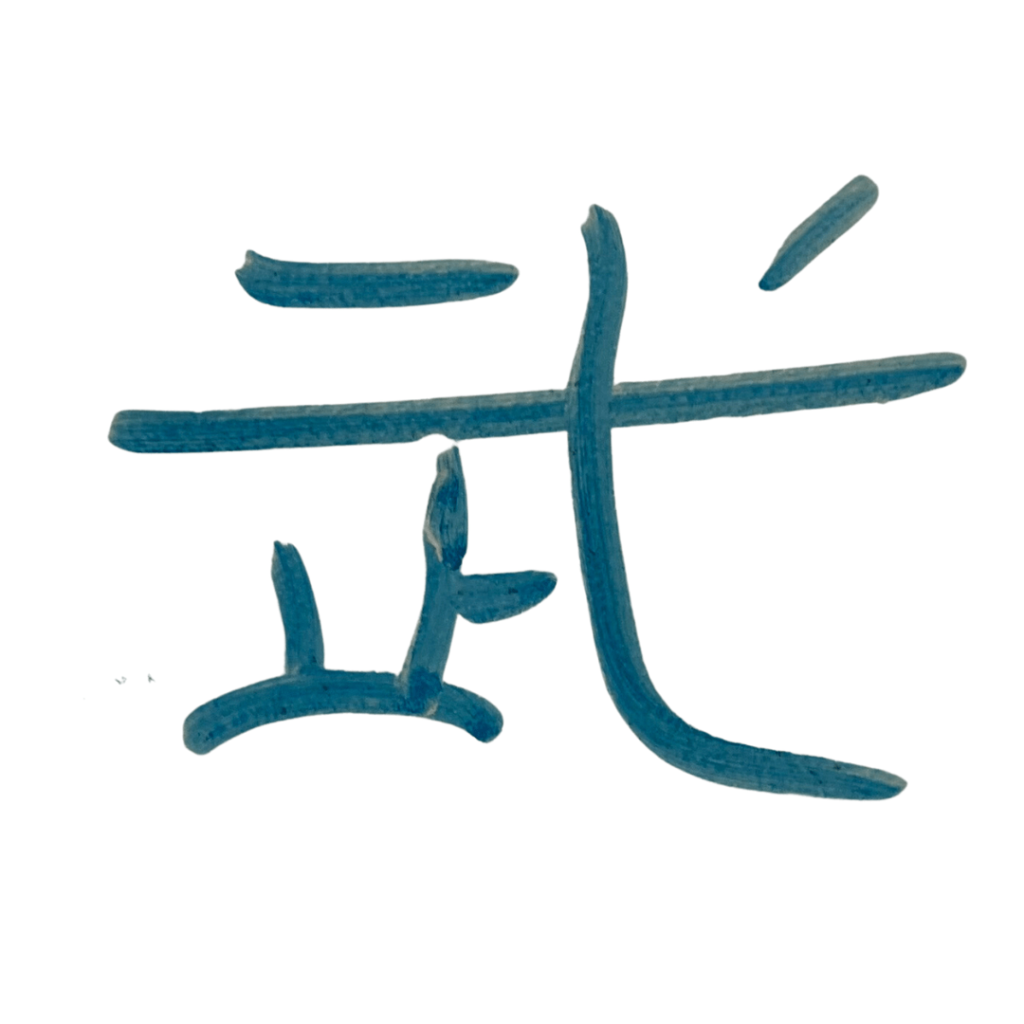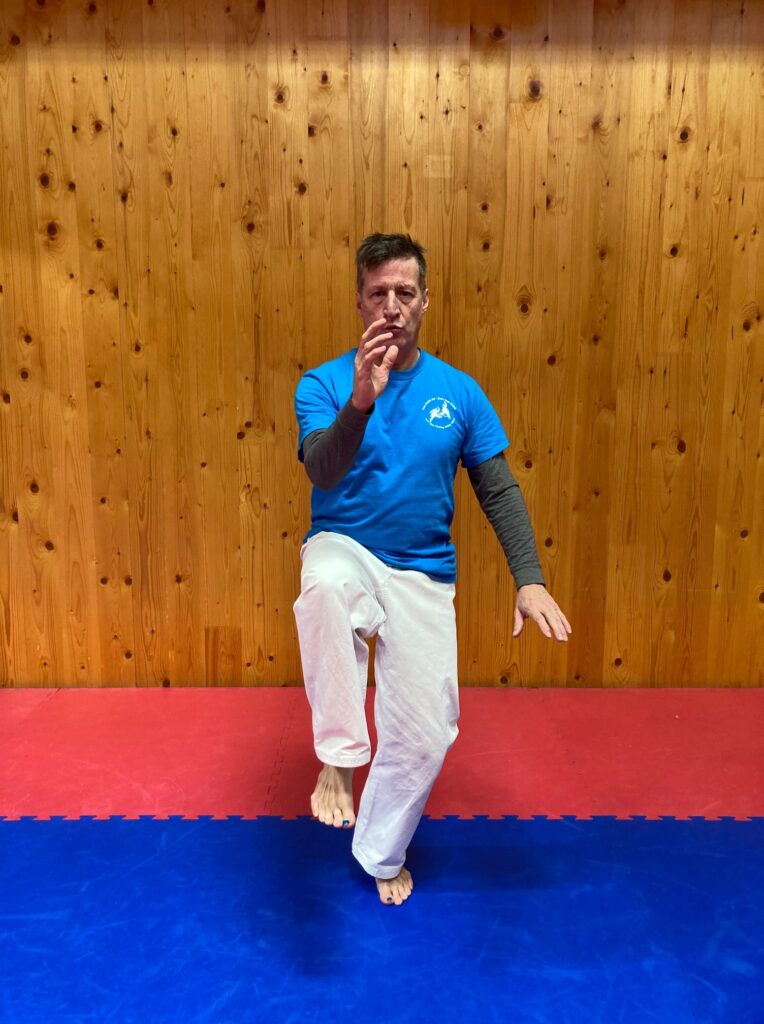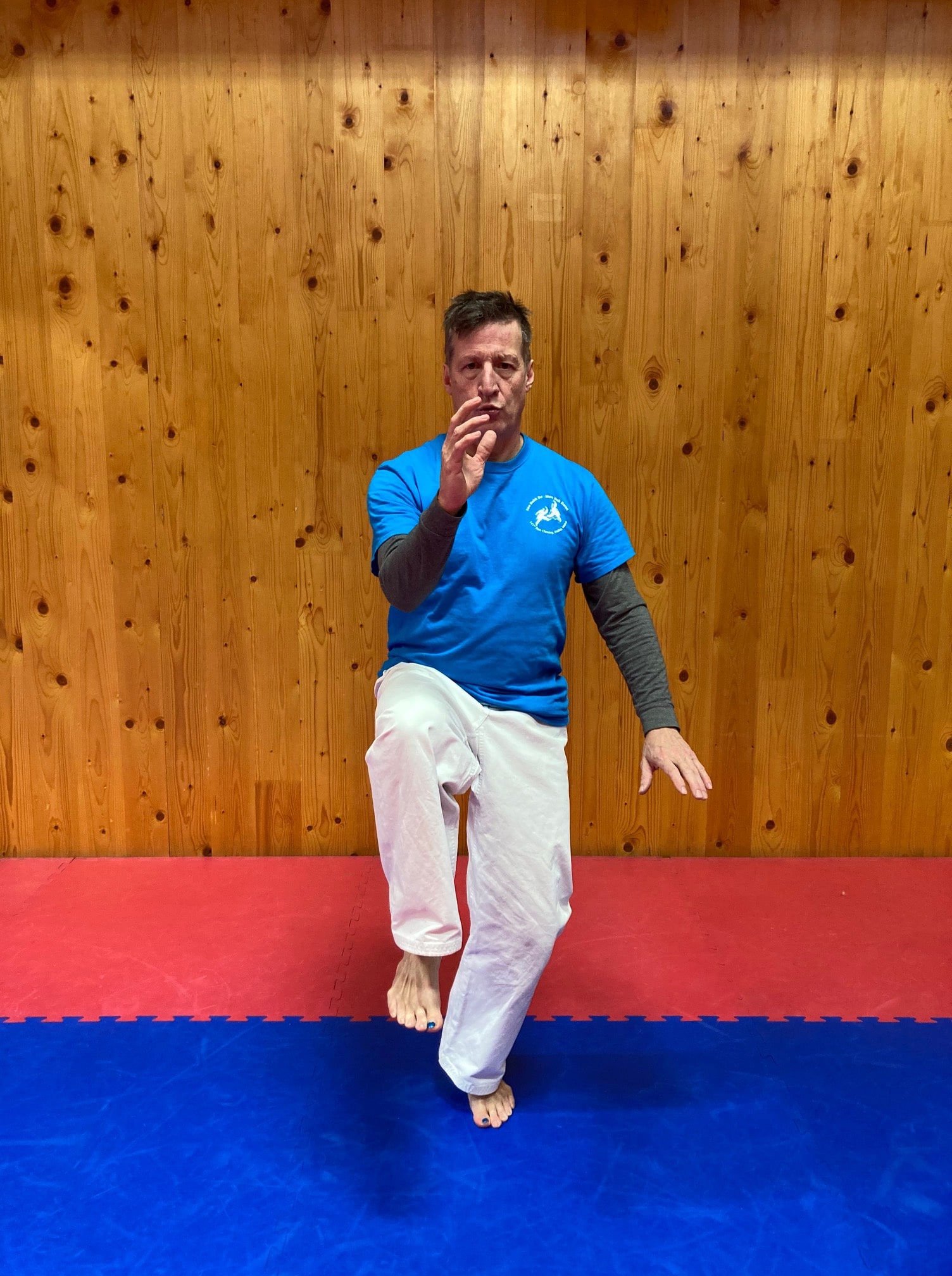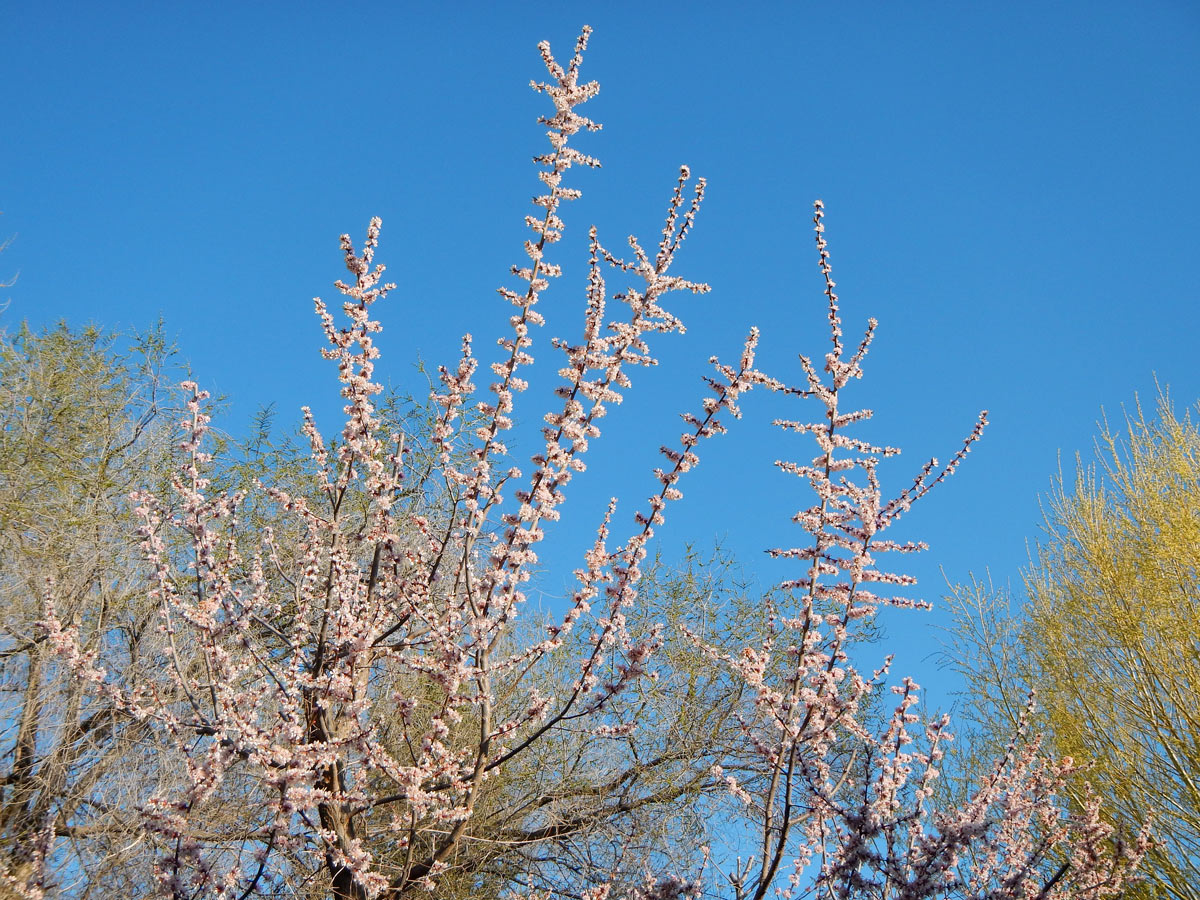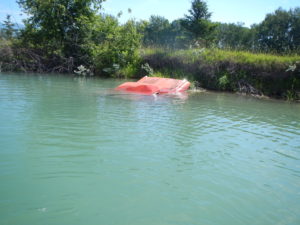Blurb
Martial Arts: Balancing the Internal & External
Martial arts is a school of study that takes students on a lifelong journey toward improving body, mind, and soul.
People who practice martial arts find that the process challenges them mentally, physically, spiritually, and emotionally.
A lifelong pursuit of martial arts results in a profound belief in self and the marriage of our two worlds: the internal and the external.
In this blog, we’ll discuss how different martial arts schools balance the internal and external and how that process challenges and benefits practitioners.
The Internal and External Balance of Martial Arts
While many think of fighting when they think of martial arts, that is not the spirit of the practice.
In Chinese, the character “mu” actually means “to stop fighting” or to “put down weapons.” Meanwhile, the word “arts” references the skill, beauty, and creativity inherent in the process.
The phrase “martial arts,” then, refers to the skillful balance of all things. It is inherently a peaceful practice that prioritizes equanimity.
As such, all martial arts have elements of both internal and external practices.
Take breathing, for example, which is the easiest way to demonstrate the contrast between these two types of practices.
When you breathe in like you’re smelling a flower and let the air travel gently through your nose and mouth, you’re engaging in an internal practice.
Dilate the nose as you breathe in, then blow out a candle on the exhale, however, it becomes an external practice.
This is just one example of how martial arts balances and brings together internal and external practices.
The Benefits of Internal Practice
Internal arts are often practiced while facing a Northerly direction since the North is the Yin side of the mountain.
On the Yin side of the mountain, growth is slower. It is the shaded side of the hill. This is evident in everyday life, in the way that trees grow moss on the side that faces away from the sun.
The kind of internal practice present in martial arts has many benefits. It can lower blood pressure and decrease the heart rate, even while one is actively moving. This is one of the best indicators of an internal art, finding stillness in motion.
In internal practice, the practitioner recognizes the meditative quality of the mind/body/spirit. Additionally, it’s possible to develop excellent body tone, flexibility, and balance through internal practices present in a soft art like Tai Chi.
That’s because mindful breathing creates a suppleness that starts in the lungs and moves into the heart and mind.
This softer, quieter breath balances more active forms of breathing like those with a loud exhale with the sound of a Ki Hap or spirit yell. This illustrates the contrast between hard and soft or Yang and Yin.
The Benefits of External Practices
Just like there are benefits to internal and soft practices, there are also benefits to the hard styles like Soo Bahk Do, Tae Kwon Do, and others.
These arts provide a very physical approach to training in the arts. They incorporate the fiery Yang breath and movement. These arts also focus on punching and kicking with great force.
By being harder arts, these practices can work to strengthen the body and spirit. A loud battle cry, elevated heart rate, and forceful breathing are all markers of external practice.
And while these can be alluring, it’s essential not to overlook the need for defensive, softer techniques.
Immerse Yourself in Martial Arts at The Sawbuck Do Jang
Martial arts are the antidote to the business and stress of our modern world.
Think of it this way:
It is nice to quiet oneself on a hot day by pouring a little water on the day’s fire.
Ultimately, all great Arts look toward balancing the Water and Fire, the Yin and Yang.
The goal is to develop a practice that allows the cooling and flaming breath to find balance.
At The Sawbuck Do Jang, we offer classes in the fighting art of Soo Bahk Do, the equally traditional arts of T’ai Chi and Qi Gong.
Check out our class schedule for times, age groups, and types of classes here: class schedule.
Contact us today to learn more about how we can help you start a journey toward physical serenity.
What is Tai Chi? And How Can It Change Your Life?
If you’ve ever heard of Tai Chi, you’ve probably wondered what this ancient art entails.
Many people who are seeking a healthier lifestyle are wanting to learn about Tai Chi and the benefits it provides.
Tai Chi can feel mystical or even foreign, so our goal is to help you truly feel and see the meaning and history behind this ancient art and how you can use it to improve your well-being.
In this article, we’ll share our knowledge and experience. We’ll discuss the history, philosophy, and benefits. We’ll also discuss why the practice is excellent for kids and adults alike.
What is Tai Chi?
Based on ancient martial art techniques from Eastern Asia, including Qigong, Tai Chi involves contrasting and complimentary movements of energetic forces: slow movements versus fast movements, soft versus strong movements, and so on.
The primary goal is to promote breathing, concentration, and centering to bring the mind and body into balance.
This is a rooting, grounding art that adds grace and stability to your daily life.
The practice of Tai Chi doesn’t end when you exit the Do Jang: Tai Chi is the philosophy of realizing the vitality that surrounds us, connecting with the strength of nature, and personalizing the practice to suit your life and improve your well-being.
The Philosophy of Tai Chi
The philosophy underlying Tai Chi is Taoism, which focuses on the natural balance inherent in all things and the need for physical beings to align with the patterns of nature to thrive and grow. While there are many ways to achieve harmony in life, Tai Chi is a time-honored path.
In addition to fostering inner peace, this practice generates respect for the path we walk (TAO), and promotes regeneration.
Tai Chi seeks to harness and balance three primary energetic forces: Qi, Ying, and Yang.
Qi is the ancient and elemental energy force that flows through the body. The practice of Tai Chi can open and encourage the flow of Qi.
Yin and Yang, meanwhile, are the opposing elements that make up the universe. Tai Chi balances these elements to promote physical, spiritual, and mental health. If you have ever felt out of balance, a little “off” or actually tripped over thin air, you have experienced Yin and Yang and how it needs to be balanced.
The practice of Tai Chi isn’t complete without developing a holistic view of health and wellness. Practitioners appreciate health and learn the importance of diet, consuming the appropriate foods for the seasons, and balancing and caring for the body in all ways.
5 Health Benefits of Tai Chi
Tai Chi offers several profound benefits. These include the following:
Stress reduction
Tai Chi’s slow, deliberate movements reduce stress and increase relaxation. In fact, 21 separate trials found that regular practice significantly increases psychological well-being and also reduces stress.
Who couldn’t use a little less stress in their lives and not have those “trip over your own feet” moments?
People who practice Tai Chi move through slow, continuous, low-impact motions. Beautiful names like; Crane Spreads Wings, and Grasp the Sparrow’s Tail, provide the image and connection with nature that is part of the Tao, the Path. They also encourage the practitioner to use the mind and the imagination to create graceful movements. It’s amazing the peace and fluidity that envelopes you during these exercises.
Deep breathing accompanies all movements, and practitioners focus on bodily sensations throughout. This powerful mindfulness practice combats intrusive thoughts and generates a sense of peace and well-being. A goal, once achieved, you’ll want to revisit time and time again.
Increased strength
Unlike other types of physical activity, the movements in Tai Chi are circular and fluid. The movements are never forced. A conscious effort to tense and relax the muscles is how one internally balances the Yin and Yang. The joints never fully extend or bend, and the movements do not strain connective tissues.
Additionally, all the movements are highly adaptable and can be altered to suit everyone. This makes it an excellent fit for all ages and abilities, from advanced athletes to people using walkers or wheelchairs.
Better balance
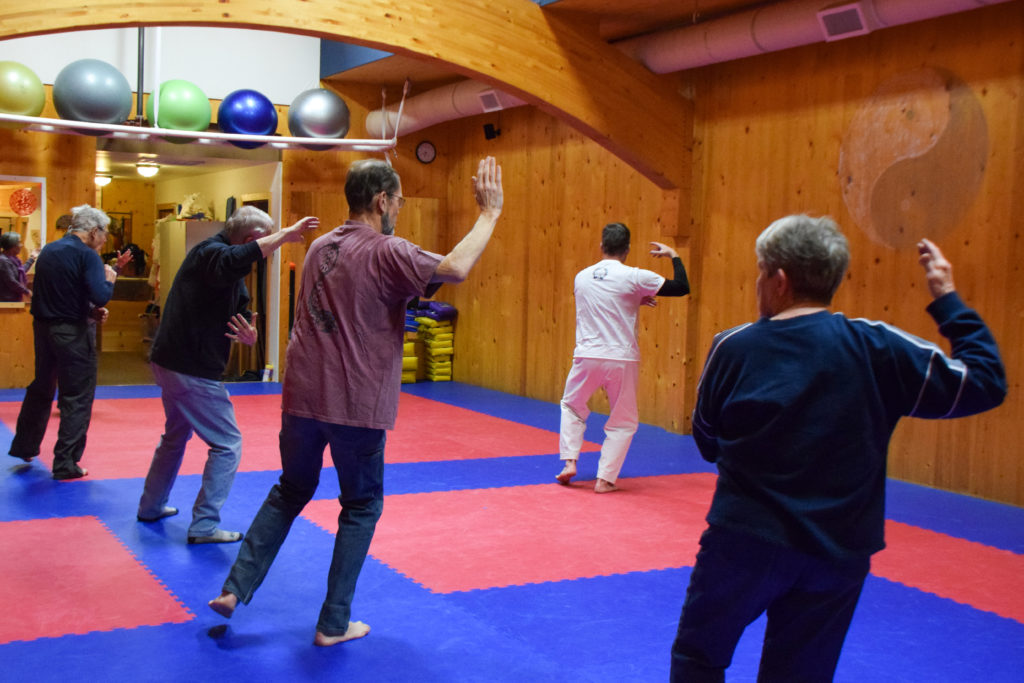
Tai Chi improves balance, which is critical for older adults at a higher risk of falls, or for people recovering from strokes. In fact, studies have found that stroke patients who practice these movements once or twice a week enjoy better balance and more stability.
The slow, controlled movements help strengthen stabilizing muscles while also improving proprioception (the body’s awareness of its position in space).
Another animal pose, Golden Rooster Stands on One Leg, is a great example of a posture that improves balance. If you have seen any bird stand on one leg, you can imagine how balance is paramount.
Our Tai Chi classes ask those that can lift one leg while sinking into the other to be strong like that bird. For those that are lucky to barely lift a heel, or just imagine that the other leg can rise, we work with what is best for you.
Chronic pain reduction
Thanks to its gentle, intentional movements, Tai Chi provides relief for people with chronic pain, arthritis, and also fibromyalgia.
Currently, there is a large body of research to prove that people who practice experience less pain and fewer depressive symptoms associated with chronic pain. They also enjoy better sleep than people who don’t practice these balance movements.
Improved cardiovascular function
Studies have shown that Tai Chi also improves cardiovascular health. The gentle movements increase blood flow and oxygenation to the body, lowering blood pressure and improving heart function.
Improve Your Balance and Well-Being With Tai Chi
Whether you want to improve stability, build strength, or enjoy a more peaceful, balanced outlook on life, Tai Chi is an excellent outlet.
This ancient practice promotes physical and mental well-being and is a perfect option for individuals of all ages and fitness levels. Whether you’re striving to create balance in your life or discover a robust spiritual practice that guides you toward finding the Path, Tai Chi can be an excellent pursuit.
Ready to learn more about Tai Chi or find kids or adult classes near you? Click here to learn more about Sawbuck Do Jang and Andy Hamer, our master instructor, or contact us today.
The Three Seasons
For now, we can have all three of these phases in one day, so take it all in; the reason that you live, here!

The challenge of facing the three seasons in our mountainous state is that you can move through all three in one day. Surely you have seen the skies crystal clear with an ominous gray approaching.
The lower level of the sun plays the shadows long and the colors are stronger. The blue sky turns black. The wind and rain push through. When the skies clear again the hills are covered in white.
It is late summer, gone are the days of sunburn and shade seeking. We have absorbed the Vitamin D and enjoyed the fresh berries. It should be a time of balance, having enjoyed the long days, knowing the long nights are growing.
The dark clouds are Fall, a decline in light and warmth.
Thank goodness for the harvest and all the food and energy we have absorbed and managed to preserve. Carry that strength as the earth cools and folds back into itself.
The rototiller turned it under last weekend, just in time for… Winter!
No, it is not here yet, but there is snow on the peaks. The declining daylight and temperatures harken the third season.
All in one day.
Stay centered as the sun still has warmth, light and life. Allow the settling in, of your energy, your food stores and carrying an internal warmth.
Prepare for the long nights, knowing that the other end of the third season, the one with light on new fallen snow leads to the return of growth.
For now, we can have all three of these phases in one day, so take it all in; the reason that you live, here!
The Breeze of Tai Chi
There was a soft breeze moving through our legs in class yesterday. It was like the trees standing tall, but near the bole you could feel the air move, cooler in the shade of the tree, warmer where the sun shone. This balance made the air and energy move creating a natural breeze.
We felt it between our legs, guiding us forward and strengthening each step and movement. The Bow and Arrow Stance has rounded knees, never locked out. That roundness is like a sail, open to the following wind of Chi, the breeze that makes it easy and natural.
The whole body is a sail. It fills with energy. Only by being rounded can you capture the most of this natural flow, often seen as a gentle swaying in the wind; more often felt, like a cooling of the sweat on your brow.
Chi, the energy of the universe, taken in through breath and movement in the natural aspects of the earth, can fill and animate your sail. Round off the edges and the flow will be smooth. Moving with stiff legs and tense shoulders, the energy will whistle around you like a cracked window that is not open enough to allow the full flow.
Heaven forbid it catches you like an unsecure door, slammed by the strength of the wind, not ready for that jarring disturbance.
Instead, flow, like beautiful long hair. You can imagine her by the shore, overlooking the water, the onshore breeze clears the pretty face and the hair comfortable floats in the air behind.
a curtain, gently billowing in front of an open window
the oversized flag, on the right day, that holds open, flutters, when the wind is strong enough to support such a great canvas.
Open your sail, cool your brow, feel the Chi flow through your stance as though you were standing in a slow moving river. It is always around you. Try Tai Chi practices and make it more often noticed!
The Mystique of Qi (Chi) or Vital Energy
The news article that I read did not quite call it voodoo, but they did suggest that Chi, Taiji, Qi Gong, and traditional Chinese medicine all had an element of folly or were unsubstantiated. In class last night I referred to working on the spiritual aspect of Taiji, grounded in my belief that the universal energy of Chi is moving in and around us. We awaken, work with and flow thru this intangible concept daily. I trust my feelings and senses and consider Chi very real. Do you know that feeling?
It starts mechanically. You move your body, your breath and engage your mind to activate the tingling fullness that is the best indicator of Chi flow. Rub your palms, then hold them as though they cradle a soft ball. Pull the hands like you are stretching taffy. Do you feel the energy moving between the palms, lightly resisting the separation of the hands?
Stand in what Yoga practitioners call Mountain Pose; feet shoulder width apart and grounded to the earth. Breathe the hands palm up, until over head where you can reach for the heavens. Connect the rooted feet with the elevated hands and try to find the lightness of heaven energy swirling around the heavy earth energy that keeps you from floating away, and you have started the rotation of the Yin/Yang circle that is the symbol of balance. It may be a mythical concept, but to me it is a very real feeling and goodness knows we all welcome balance in and around us!
Traditional Chinese medicine and the system of Meridians or energy paths through the body is not substantial enough to dissect or see under a microscope. It is a different concept than muscular, circulatory or nervous systems, yet these energy lines move through the same areas. You do not feel your blood flow or the nerve impulse that moves from your brain to the itch in your finger, but you know that it happens. Similarly, if your mind can conceive and connect with the vital energy that is Chi, it will support you and all the needs of your body.
It just requires that you awaken and work with it. If you practice good health, try connecting your mind to your energy center in your lower abdomen. The Chi harbored there is believable, so take a moment, a minute or any amount of time from your day to realize it. Daily effort is vital to life. Qi, vital energy, and Gung, effort, can be one your most real and important habits. Make the time, or join a group and you may find that Qi Gong is the best element to your fitness, balance and well being.
How to serve a glass of water
Water, a great greeting
It is not a question you need to ask a guest. Simply present a clear glass of your finest, H20, no ornamentation needed. Most short visits will not accept a refill.
Probably, they would politely refuse if you had even asked. Perhaps with good reason as they may leave the glass untouched.
That’s fine. The evidence of a guest in a clear clean glass is a nice leftover.
Of course it is best if you place it quietly beside them, where they sit or the counter they stand by. Be sure to take a sip of your own. Likeness begets.
Water is a privilege and a necessity. It is not offered as a status symbol. We are blessed if we have running water in our home, a clean glass to serve it in and perhaps a tincture to add..a lemon slice, a mineral supplement, a tea. Those don’t come from the tap, so start simple, with an unchipped vessel and let the visitor enjoy or cater it to what feels best.
Again, it is not a question you need to ask. Just place it quietly in their space and let it flow from there..
Why you should fold your yoga mat
HONORING SACRED SPACE
You know how good it feels to roll out a mat on the floor. It is like heating water for a drink or a bath; putting on gloves before playing in the snow.
Of course the household pet will take over the spot if you leave the mat open. It is the way of nature, by opening that door, making that warm spot, all will look to stand, pose or lay there.
The sacred space is also a buffer between your bare feet or body and the dust of the floor and the world. It gives you that separation, a chance to go further within yourself.
It is also the reason you should fold your yoga mat.
No, do not fold it, roll it. A neat stack of rolled floor cushions, as you pull yours to join the group, or unfurl your own, is a great point in the day and a marker of time for well being.
But wait, when you finish you should fold your mat.
To honor the space that just helped you care for yourself, take the leading edge, almost all the way back to the trailing edge as you finish your practice, folding the mat almost to half.
This way you place your hands to your feet like a folding pose, and like the Yin and Yang of this exercise, the dust stays out and your refreshed Qi stays in the mat. This improves separation of your Yin and the world’s Yang.
Then you can roll the precious space up and stow it, both on the shelf and in your self.
The short gap between leading and trailing edge meet as you roll from the fold. Thus you guard your sacred space, dust to dust on one folded then rolled half and Nature’s Energy to your self on the other side.
Surrender
today i surrender
because I am having one of those days
I go to mow the lawn and the tractor has a flat tire
speaking of flats,
driving to work and the chime of the dash
wrecked my music with a low pressure indicator.
I turn off the spigot, but the water keeps running
a sneeze with a mouthful of carrots
an extension cord that catches, on everything, including itself
the lid will not come off the jar
I know it is the crystallized sugar, that I could wash off,
but right now, AArgh
or those fine threaded Starbucks coffee bottles
trying, twisting, harder, buckling under the knuckles
and then, either a light twist, or someone else does it effortlessly
I just needed to get the tire repaired
turn the spigot back on, then off again
swallow quickly, then sneeze
or put a wave in the rope of the extension cord
and it all unfurls, magnificently, because i quit fighting
I surrendered.
Journey of a Thousand Apples
It takes a while to pick up a thousand apples.
It must take the tree quite some time to drop them, too; let alone to grow them! The base of the tree slowly fills with the drops. Wind and rain bring them down, sometimes they just plop.
It is the Yin/Yang of my backyard, the apple tree with its laden branches and endless culls.
This is what life does. It brings me apples, in whatever form they may take. Accumulating or dispersing as I watch.
I notice it now, as I cleared the tree this morning. The change from full to empty was obvious. The darker green of the grass had shown little mounds of pale green. There is no red in the apples yet. After picking up all the pale bumps, the dark green fills the space beneath the tree, again just grass, ready for the next drops to empty down from the tree.
I counted my bucket as I filled it. There were over 150 apples that I picked up from the ground in one bucket. Last time I hauled away four buckets. (you do the math) This time, when I approached seven buckets, I knew that I had picked up a thousand apples. What is hard to believe is that there are several thousand more apples still on the tree.
I admire the strength of Nature. Its fullness. Changes flowing, apparent, yet sneaking past. I try “to pay attention to the slightest change from full to empty” (Song of the Thirteen Influences). But it sneaks up and flies past.
It is summer. The garden is full. The Apple tree is full. Having shared this bounty with children at the Do Jang for the last two years, I know there will be mouths and eyes looking for the basket full of apples. They will empty it, then repeat, cycling from full to empty and back.
The Yin/ Yang circle turns! Filling stomachs, hearts, baskets and more, on a journey of a thousand apples!
